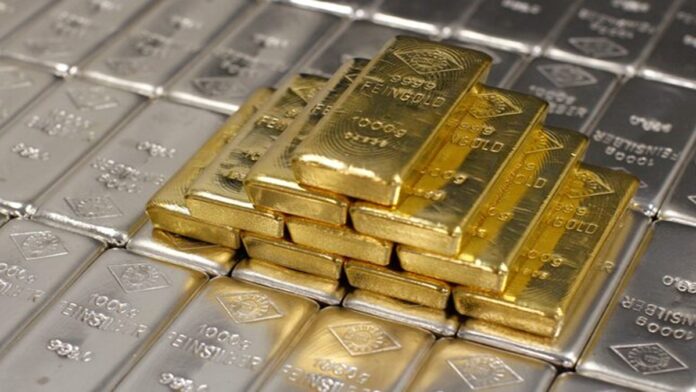The adage ‘silver is the poor man’s gold’ has been taken literally by Silver. Gold and Silver are up almost 37% in the previous 12 months but of late, silver prices are zooming ahead. Silver has clocked 8.80% as against a 6.70% rise in gold price in the last 1-month.
Incidentally, the gold rate today is around $3,080, a record all-time high level seen never before in history.
So while gold is hitting all-time highs, what’s happening with silver?
Well, the all-time high price of silver was US$49.95 per ounce, a level it reached on January 17, 1980. Yes, let that sink in. 1980. Then in April 2011, silver hit US$47.94.
The silver rate today is nowhere close to these levels.
After a weak start to 2024, the silver broke above the US$30 mark on May 17 and on May 20, hitting a 12-year high of US$32.33 an ounce. The price of silver reached a peak of US$34.20 on October 21. Then, silver traded lower at $28.65 by December 30. Since then, the price of silver has increased by over 20%, currently trading around $34.45.
From trading under $16 in March 2020, silver is up by 19.4% CAGR over the last five years. Yes, it’s been a superb run.
Key Drivers behind Silver’s big price breakout
So, what’s driving the price of silver? Most of the factors driving the rising price of silver are similar to what’s driving the price of gold.
Source: Macrotrends
Since time immemorial, Gold and silver have been a prized human possession, and over time, they became both a store of value, and a hedge against inflation.
In times like we are in now, with Trump tariffs leading to potential trade wars and geopolitical tensions creating a higher level of uncertainty, the demand for gold and silver is not surprisingly high.
In case of silver, there’s an added reason – strong industrial demand, especially from new age industries like EVs and solar energy. With all these as tailwinds, silver prices are looking to set the stage on fire in 2025.
Another key reason could be that of Silver’s demand exceeding supply in 2025. The demand for Silver is expected to be 1.20 billion ounces in 2025,
» Read More


